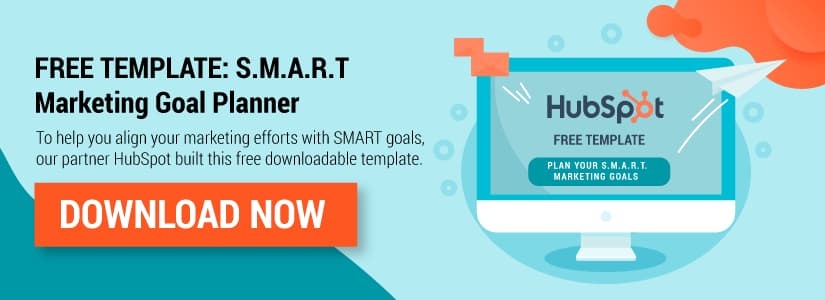Manufacturing companies that implement an inbound marketing strategy will easily gain a competitive advantage over those who stick to traditional marketing tactics. These companies will generate quality leads that are ready to convert, ultimately becoming paying customers. Here’s how inbound boosts sales for manufacturing companies:
-
Increases website traffic
-
Converts leads into customers
-
Keeps current customers happy and generates referrals
-
Shortens the sales cycle
Inbound marketing is one of the best ways to increase traffic for your manufacturing business’s website, but if you don’t know how that translates into an increases sales, you won’t fully appreciate the results in can bring. Although inbound marketing is very effective, there’s a large learning curve and element of testing to see what works for your brand. To get you started on the right track, here are the five ways inbound marketing boosts sales:
1. Increase Website Traffic
Assuming you have an effective conversion funnel in place, increasing your website traffic will have a noticeable positive impact on sales. If you’re converting 10% of website visitors, a traffic increase of a few hundred to a few thousand visitors per month can have a massive impact on your volume of leads.
Inbound marketing has many strategies for raising your monthly website traffic, such as SEO (search engine optimization), social media marketing, blogging, and developing buyer personas. Creating content that aligns to the questions buyers are asking throughout their purchase decision and optimizing that content for search engines is an extremely effective tactic at improving you rankings and growing organic traffic. Social media marketing provides a mixture of traffic generation and customer delight opportunities. Delighting customers is an important stage of customer acquisition.
[FREE GUIDE]: 6 Keys To Planning A Successful Inbound Marketing Strategy
Blogging is a core element of inbound marketing that exists to attract customers to your website, deliver valuable information, and encourage engagement. If you have no traffic, you obviously aren’t going to close any online sales. Blog posts are now expected by internet users, so you will have a harder time increasing sales without a blog.
When surveyed by HubSpot, manufacturing companies reported that the majority of their traffic came from organic channels. Only construction companies received a higher percentage of their traffic from organic searches. This means if a manufacturing company does not have a strong organic search presence, they’re potentially missing out on a significant amount of qualified traffic to their competitors.

The percentage of organic traffic to manufacturing company websites has increased steadily over past several years. This is reflective of the well-documented trend of buyers turning away from traditional channels and over to search engines to research solutions and vendors.

2) Convert Leads
An abundance of leads is doesn’t mean much if you’re not converting them. Inbound marketing helps convert leads with strategies centered around strong calls to action, appealing landing pages, and strategic conversion paths. You must create offers that acknowledge the buyer’s pain points and solves their problems. Each piece of content you publish must also align with which stage the potential customer is at in the buyer’s journey.
3) Turn Leads into Customers
In order to turn leads into customers, inbound marketing includes a wide range of techniques, such as nurturing, segmentation, case studies, testimonials, checklists, and buyer’s guides. Lead nurturing involves building relationships with your customers, so that they become more inclined to buy from you. A Forrester Research study found that lead nurturing generated 50% more sales for companies at 33% lower cost in comparison to companies that didn’t nurture leads – a stat that’s hard to ignore.
4) Get More Customers by Keeping Your Current Ones Happy
Word of mouth marketing is a powerful form of marketing that you cannot entirely control because it involves your customers genuinely recommending you to friends, family, and acquaintances. To encourage word of mouth marketing, you must delight your customers after the sale.
Some tips for keeping your customers happy are placing them first, humanizing your brand, and treating customers as living breathing human-beings. As cited by Forrester Research, it costs five times more to acquire new customers than it does to retain the ones you already have.
5) Shorter Sales Cycle
Inbound marketing shortens your sales cycle, which means you can make sales quicker. One of the ways inbound marketing decreases the sales cycle is through lead nurturing and blogging. Prospects are given a lot of value information to work with long before they even become a customer. When they feel like the brand cares about more than just money, they are more inclined to make a purchase. You must show customers that you value them, especially if you want the sale sooner.
Conclusion
At first glance, not many people understand how inbound marketing boosts sales. You might think that attracting rather than hunting down customers is a slower process, but the opposite is true. Inbound marketing’s approach speeds up the process and encourages higher sales. Focus on mastering these five ways inbound marketing boosts sales to improve your business.










